X
Electric hoists represent their own machinery, strength, and toughness, while the stage is elegant, flowing, and soft, with conflicts and collisions between the two.
The stage hand - chain hoist can be regarded as a capable little assistant on the stage. It has an exquisite structure, is effortless to install, occupies minimal space, and can fit perfectly into var
Category : Stage Chain Hoist Series
Get a Quote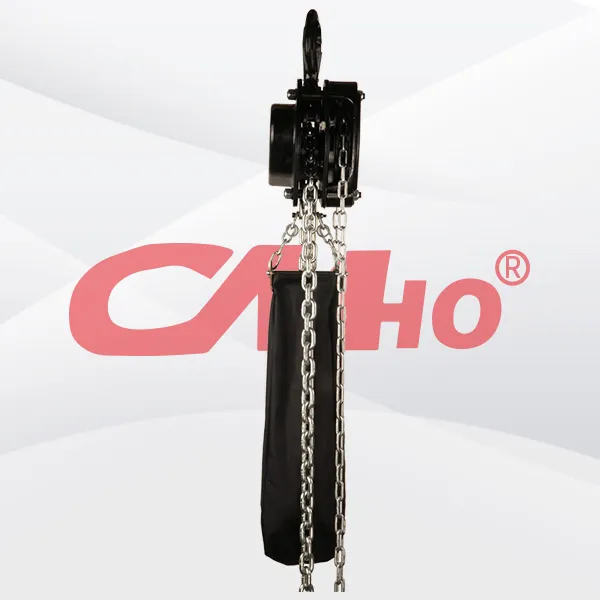
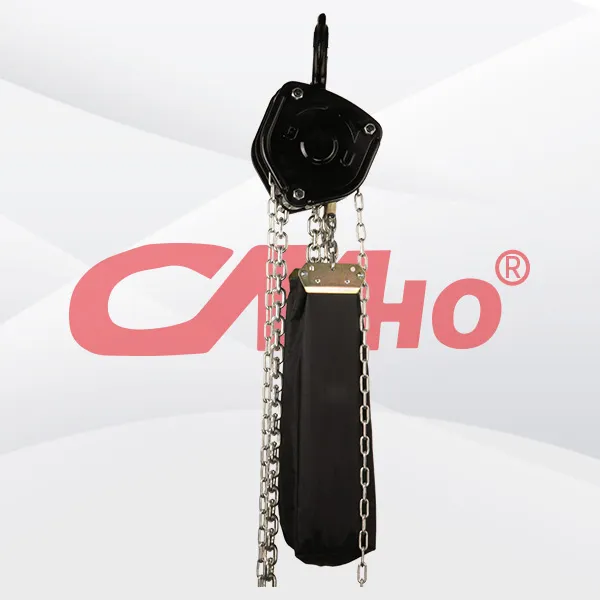



Product Details
The inspection of the key components of a manual stage hoist is of crucial importance as it is related to the safe and stable operation of the stage equipment. The following are the key points and methods for inspecting the key components of a manual stage hoist:Chain and Sprocket- **Chain Inspection**
- **Appearance Inspection**: Check whether there are signs of deformation, cracks, wear, or corrosion on the chain links. Pay special attention to the connections of the chain links to ensure that the pins are not loose or fallen off. If the wear of a chain link exceeds 10% of its original size, the chain usually needs to be replaced.
- **Tensile Test**: Check if the chain has excessive elongation. Place the chain on a horizontal surface, measure the number of chain links within a certain length and compare it with the original specification. Generally, the elongation of every 20 chain links should not exceed the specified value of 8mm, and the wear of the chain pins should not exceed 5% of the original diameter.
- **Flexibility Inspection**: Manually rotate the chain to check if it can rotate smoothly without jamming or poor meshing. If the chain rotates inflexibly, there may be impurities inside the chain or insufficient lubrication, and it needs to be cleaned and lubricated.
- **Sprocket Inspection**
- **Tooth Profile Inspection**: Observe whether the tooth profile of the sprocket is complete, and check for problems such as missing teeth, broken teeth, tooth surface wear, or deformation. Severe tooth surface wear will affect the meshing effect between the chain and the sprocket, resulting in unstable transmission.
- **Concentricity Inspection**: Check whether the sprocket is installed concentrically. Tools such as a dial indicator can be used to measure the radial run - out and end - face run - out of the sprocket to ensure they are within the allowable error range. Generally, the radial run - out and end - face run - out of the sprocket should not exceed 0.5mm.Hook and Lifting Gear- **Hook Inspection**
- **Appearance Inspection**: Carefully check whether there are cracks, deformation, wear, or other defects on the surface of the hook. Focus on inspecting the critical sections of the hook, namely the rope - hanging part and the neck of the hook. If the wear of the critical section of the hook exceeds 10% of its original size, the hook should be replaced in a timely manner.
- **Opening Degree Inspection**: Use tools such as a caliper to measure the opening degree of the hook and check if it exceeds 15% of the original size. If the opening degree exceeds the standard, it will affect the load - bearing capacity and safety of the hook.
- **Rotation Flexibility Inspection**: Check whether the rotating part of the hook is flexible and there is no jamming. Ensure that the hook can rotate freely during use to facilitate adjusting the direction of the lifted object.
- **Lifting Gear Inspection**: Check whether the lifting gear (such as slings, wire ropes, etc.) has wear, broken wires, corrosion, etc. For wire ropes, when the number of broken wires within one lay length exceeds the specified quantity, it should be scrapped and replaced. For example, for a 6×19 wire rope, if the number of broken wires within one lay length exceeds 12, it needs to be replaced.
Braking Device- **Brake Lining Inspection**: Check the wear condition of the brake lining. If the wear of the brake lining exceeds 50% of its original thickness, it should be replaced in a timely manner. At the same time, check whether there are defects such as oil stains and cracks on the surface of the brake lining. If so, it will affect the braking effect and needs to be cleaned or replaced. - **Brake Spring Inspection**: Check whether the brake spring has good elasticity and whether there are phenomena such as deformation, cracks, or fatigue. Insufficient spring elasticity will lead to a reduction in braking torque and affect the braking performance. The spring can be judged whether it is normal by measuring its free length and compressed length and comparing them with the original specification. - **Braking Performance Test**: Manually operate the braking device to check if its braking is sensitive and reliable. Conduct braking tests under no - load and load conditions respectively, and observe whether the braking distance is within the normal range. Generally, the braking distance of a manual stage hoist under no - load should not exceed 10mm. Under load, the braking distance should be judged according to the actual load and equipment requirements, but there should be no obvious slipping phenomenon.Manual Drive Mechanism- **Handle Inspection**: Check whether the handle is damaged, deformed, or loose. The surface of the handle should have no obvious wear to ensure that the operator can hold the handle comfortably and reliably for operation. - **Gear and Shaft Inspection**: Open the housing of the manual drive mechanism and check the wear conditions of the internal gears and shafts. The tooth surface of the gear should not have serious wear, spalling, or cracks, etc., and the wear of the shaft should not exceed 5% of the original diameter. At the same time, check whether the fit between the gear and the shaft is tight and whether there is any looseness. - **Lubrication Inspection**: Check the lubrication condition inside the manual drive mechanism to ensure that components such as gears and shafts are well - lubricated. If the grease is found to be dry, deteriorated, or insufficient, it should be cleaned in a timely manner and an appropriate amount of grease should be added.
If you need further consultation on product details, please contact Google email
Gmail : info@kemeihoist.com
zyj@kemeihoist.com
Website: https://www.kemeihoist.com/
WhatsApp:+86 13920508123
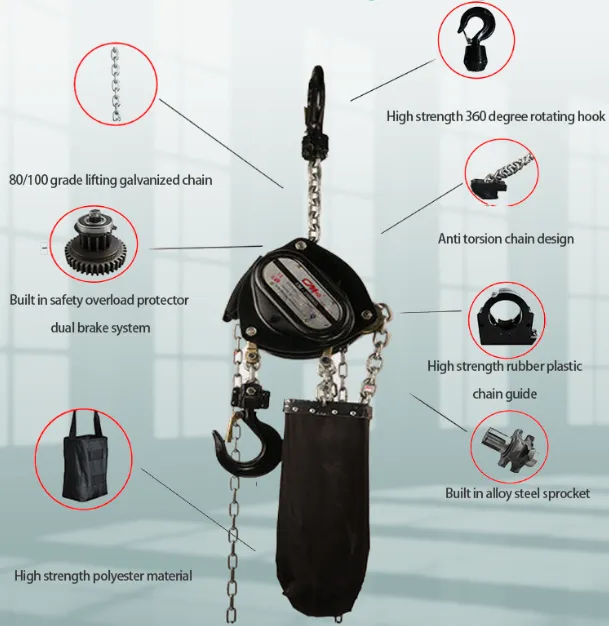
Previous: Stage Hand Chain Hoist
RELATED PRODUCTS .
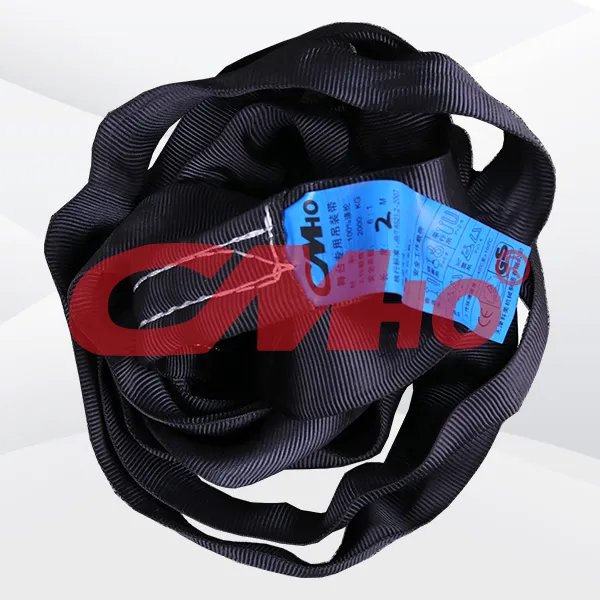
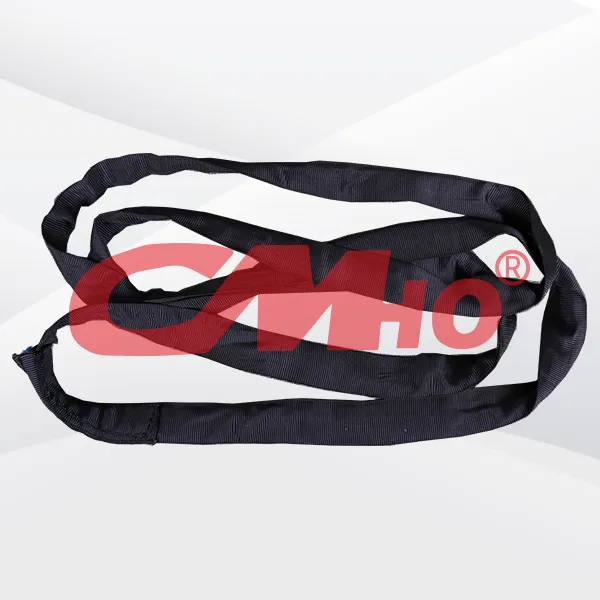
Customizable Sling Belts With "design-on-demand" at their core, customizable sling belts deeply integrate materials science, mechanical principles, and scenario-specific needs, making them i...
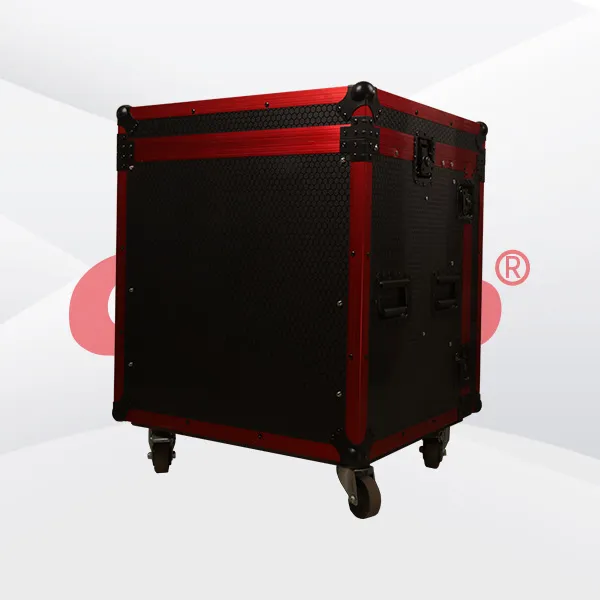
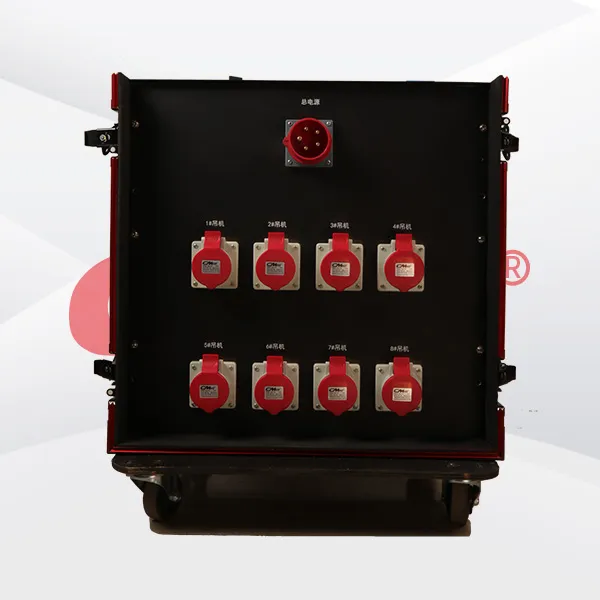
As the "brain" of lifting tools, the performance of truss hoist controllers directly impacts stage effects and operational safety. From manual operation to intelligent linkage, different typ...
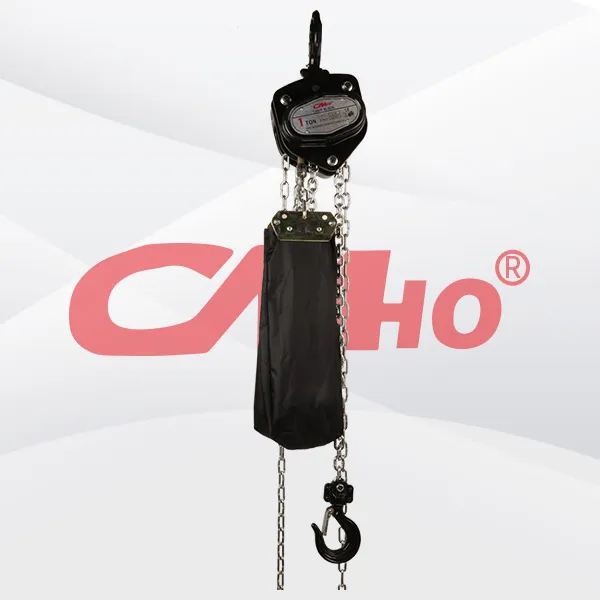
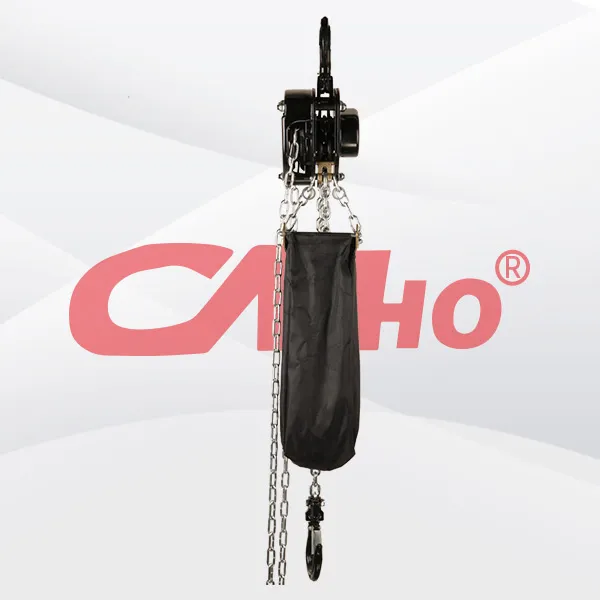
The smooth manual chain hoist, with its reliable mechanical structure and operational flexibility, has become an indispensable manual lifting tool in scenarios such as stages, industrial environments,
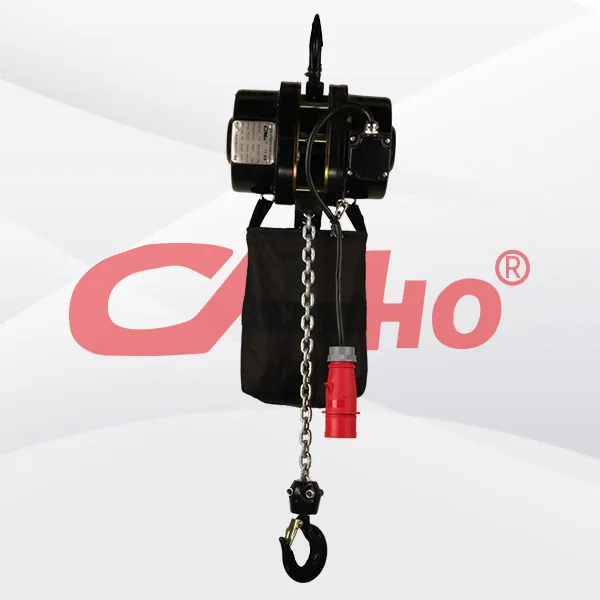
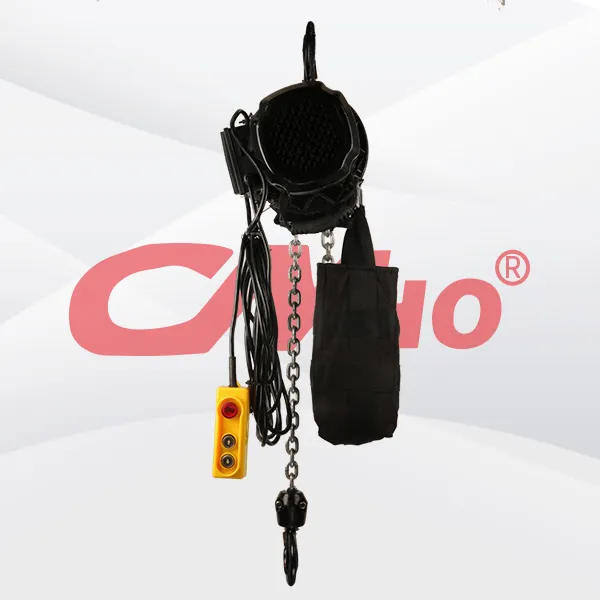
Efficiently complete rapid setup of booth trusses, high-altitude suspension of product display racks, or multi-angle display of dynamic advertising light boxes. For example, at a technology exhibition
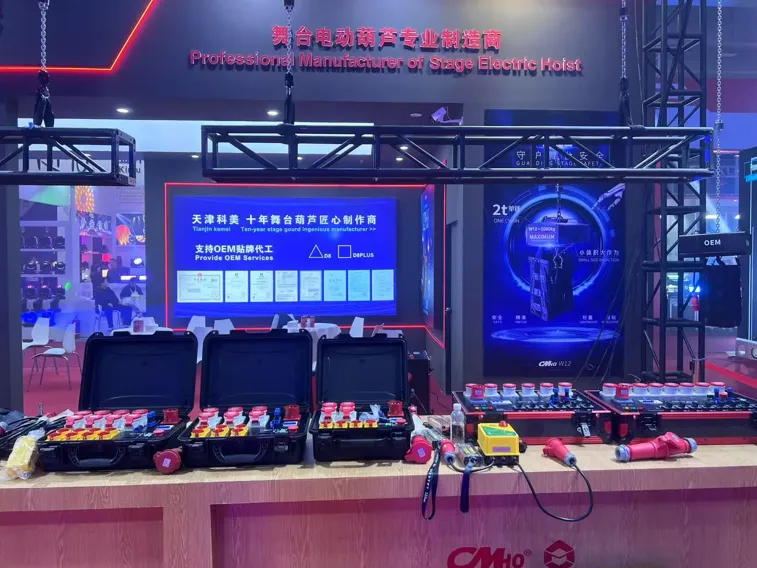
2025-02-28
创始人
0
The participation of Tianjin Kemei in the Guangzho...
Tianjin Kemei made a remarkable and eye-catching appearance at the Guangzhou (International) Performing Arts Equipment, Intelligent Acoustic, Optical and Electrical Products...
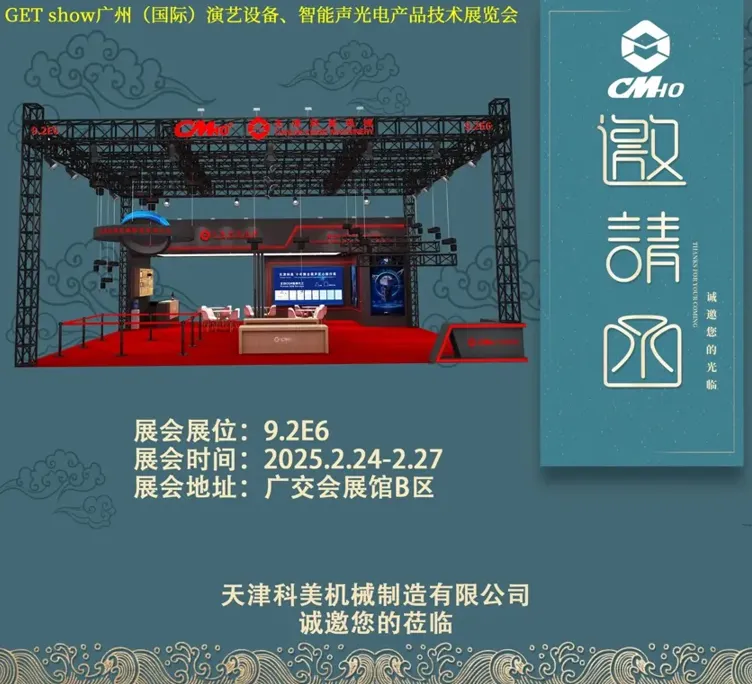
2025-02-27
创始人
0
Guangzhou (International) Performing Arts Equipmen...
In the era of the rapid development of stage lifting equipment and intelligent acousto - optic technology, every industry event serves as a crucial opportunity for innovatio...
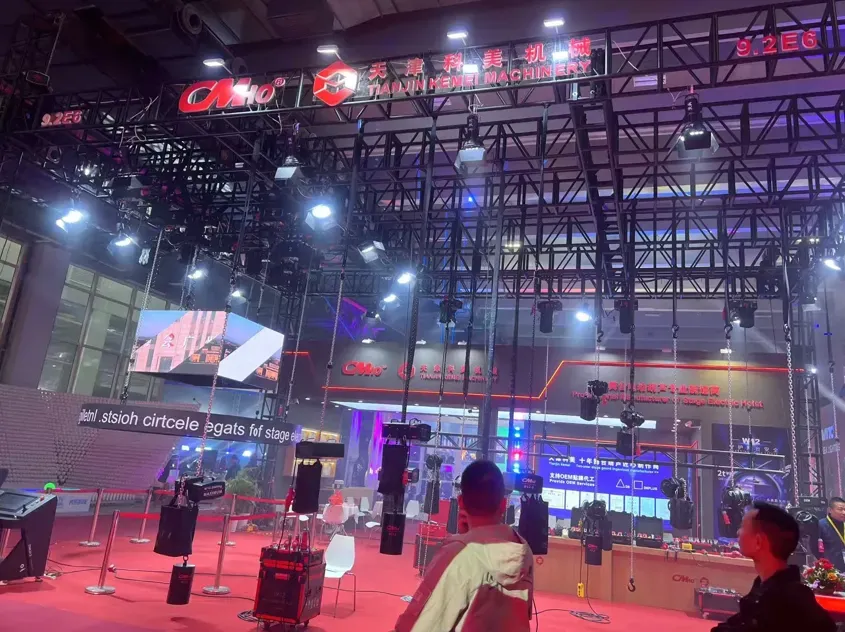
2025-02-27
创始人
0
GET show Guangzhou (International) Performing Arts...
Tianjin Kemei Machinery Manufacturing Co., Ltd. has been deeply engaged in the stage equipment manufacturing field for many years and has developed into a modern benchmark e...
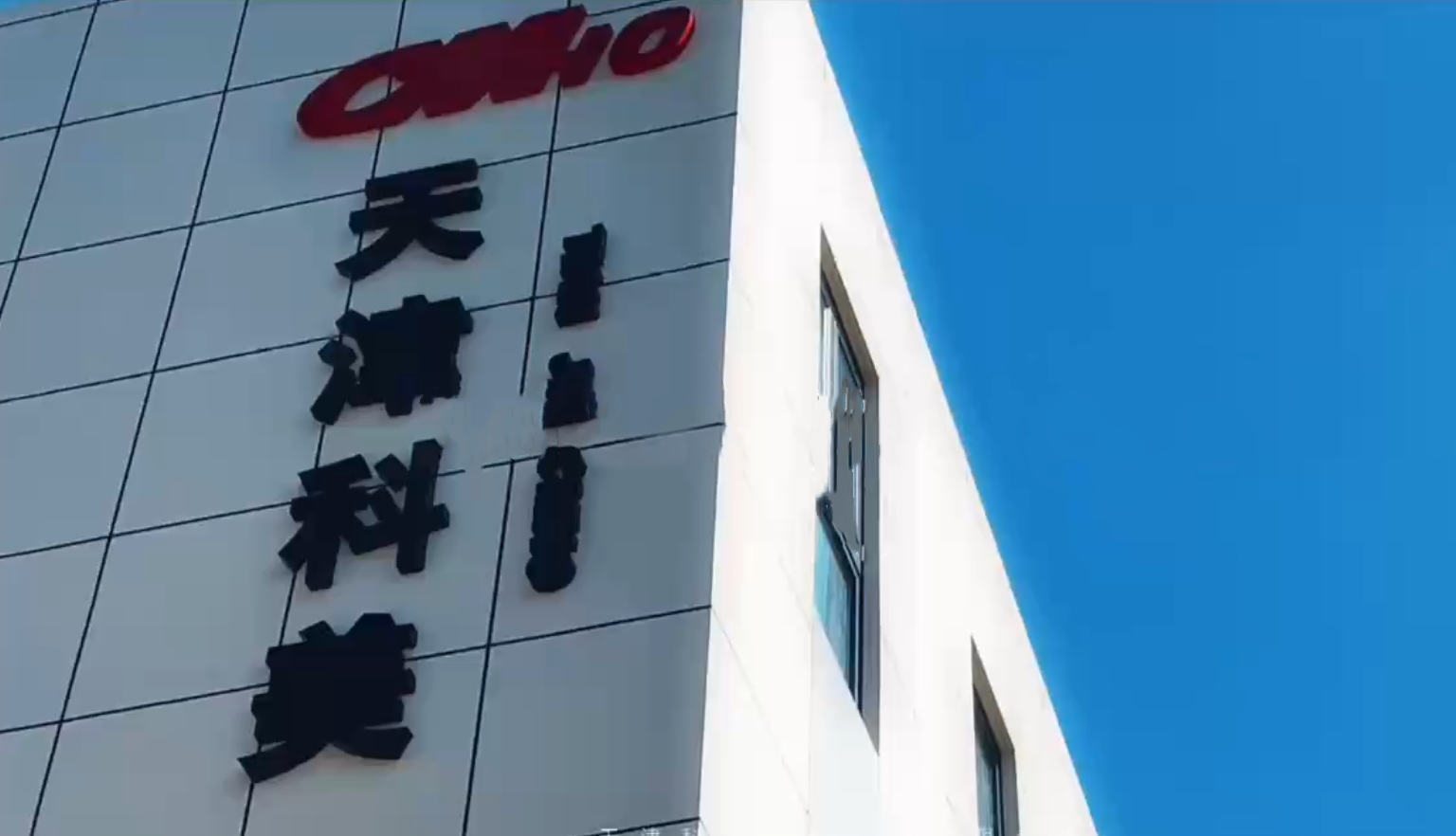
2024-09-24
admin
0
Tianjin Kemei Machinery Manufacturing Co., Ltd. Ne...
Tianjin Kemei Machinery Manufacturing Co., Ltd.: New Starting Point, New Journey - New Factory Relocation Record

